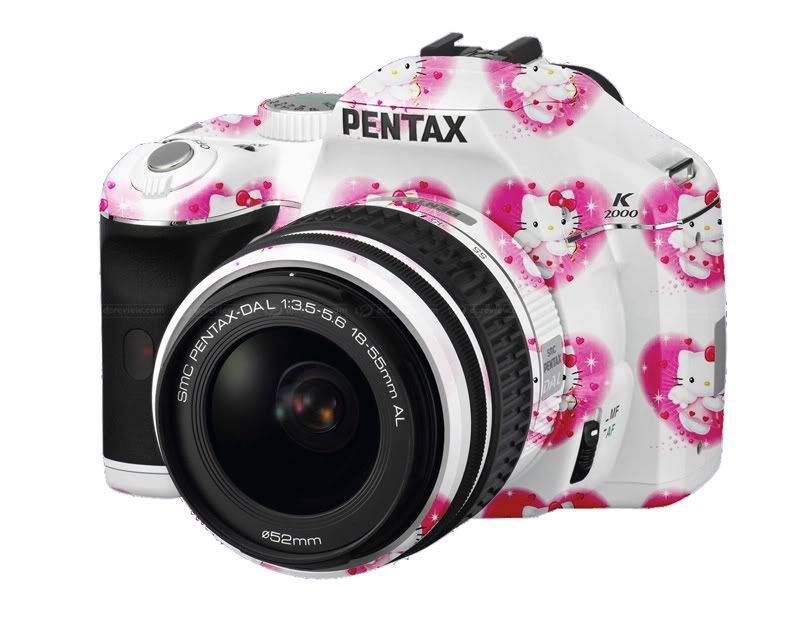Updated (Dec. 16): Full Sized Samples Uploaded! Happy Pixel Peeping!!Here is a mini shootout for the two Full Frame DSLR bodies of my Nikonian friend DBoyX and mine. It would be very interesting to check if the first generation "budget" Full Frame DSLR could rival the latest generation "budget" Full Frame DSLR, after 3 years. Coincidently, the D700 and 5D have nearly the same pixel count, in 12.3 MPs and 12.8 MPs respectively.
Conditions of Testing: All photos taken at ISO 200, in Av exposure mode (f-number set will be mentioned for each set of photos), cameras mounted on tripod, shot in RAW and converted using Canon Digital Photo Professional 3.4.1.1 and Nikon Capture NX2 2.0.0 respectively, Picture Style/Control: Standard with Sharpness at 3, Contrast, Saturation and Tone at 0, Active D-Lighting On or Off as specified, and then converted and saved as the highest quality JPEGs.
1. Round One: With Nikkor AI-S 24mm/2.8; Lens set at f/5.6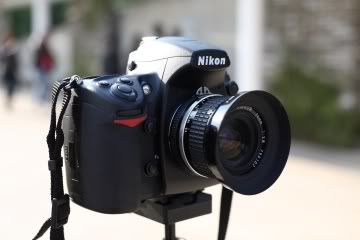

(Click to Enlarge)
The results are as follows
(Click any of the following pictures to Download the Full Size Samples. Warning: Super Large Files!):-
 5D
5D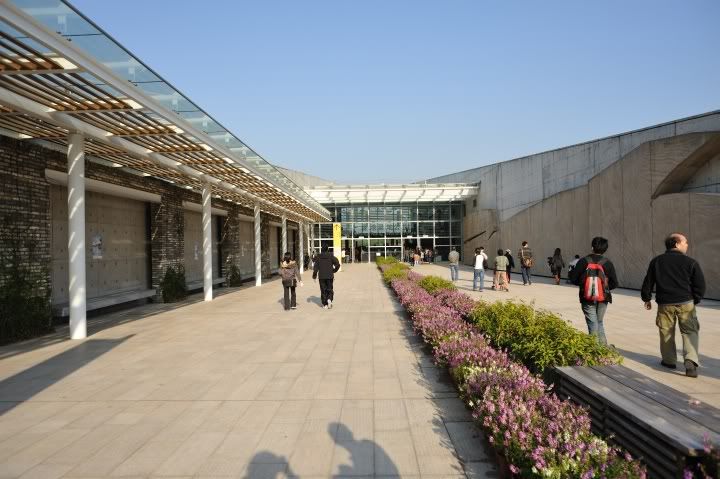 D700, Active D-Lighting On
D700, Active D-Lighting OnAs seen in the above, the D700 picture obviously has better Image Quality with less vignetting and corner blur. The D700 produced colours which are more vivid and "pure" while 5D's just look a little bit dull. But you may ask me which one is actually more faithful and true to life? I would tell you neither! It should be somewhere in between!
Well, what has been verified is that the new Nikon has been improved for two weakest spots of those 135 Full Frame DSLRs, i.e., vigneting and corner blur, particularly with wide lenses. It is quite fair to say so as with the test was done with the same old film lens, shot at the same aperture, and actually at same place and nearly at the same time!
One More: With Nikkor AI-S 24mm/2.8; Lens set at f/8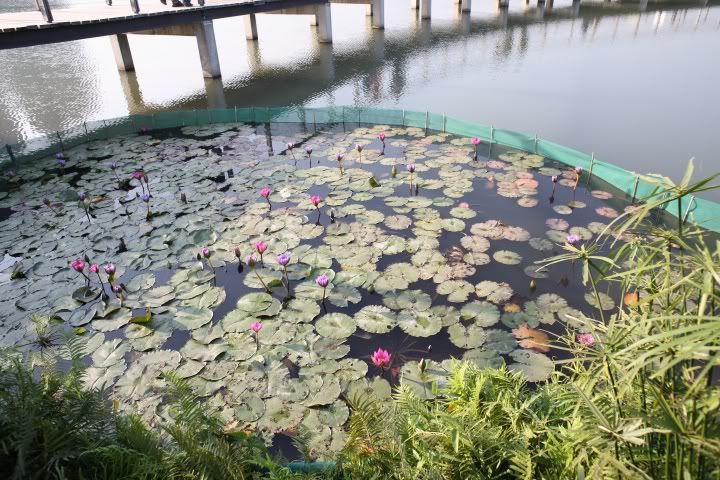 5D
5D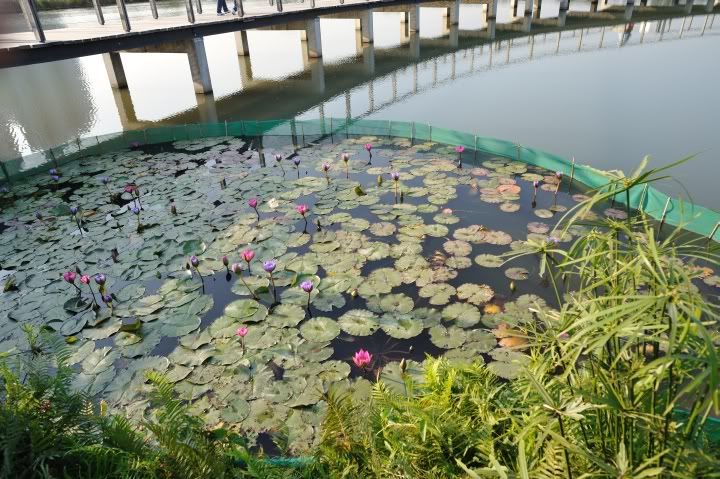 D700, Active D-Lighting On
D700, Active D-Lighting On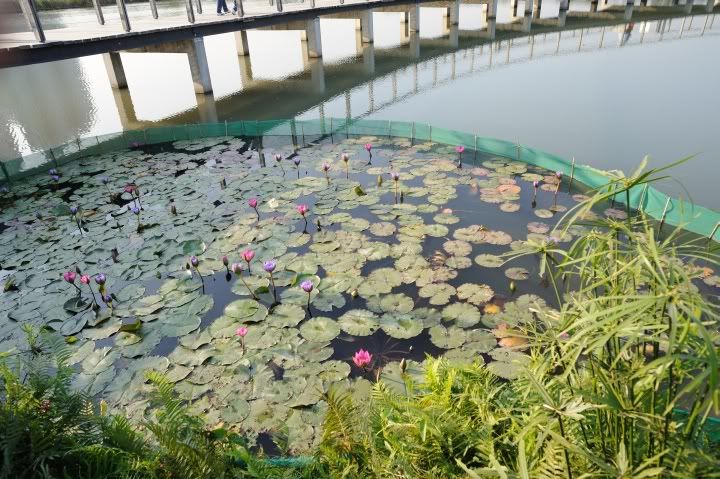 D700, Active D-Lighting Off
D700, Active D-Lighting OffIt can be seen that the Active D-Lighting does help to improve the image for better clarity and colours (whether it is faithful to the scene and true-to-life is yet another issue). If I understand correctly, the Active D-Lighting is just an intelligent algorithm to adjust the brightness, contrast (and tone curve) as well as the hue of the picture. Yes, you can say it is just some kind of *automatic* "post" processing afterall.
Anyway, I like the D700 pics more. But again, the true scene is just somewhat in between! Btw, the 5D picture suffers from some highlight washout and with some slight magenta cast too - but the lens used was a Nikkor anyway (with my Pentax film lenses, it should be better).
Two More: With Nikkor AI-S 24mm/2.8; Lens set at f/5.6 5D
5D D700, Active D-Lighting On
D700, Active D-Lighting On D700, Active D-Lighting Off2. Round 2: D700 with Nikkor AI-S 50mm/2 Vs 5D with EF 50mm/1.8; Lenses set at f/8
D700, Active D-Lighting Off2. Round 2: D700 with Nikkor AI-S 50mm/2 Vs 5D with EF 50mm/1.8; Lenses set at f/8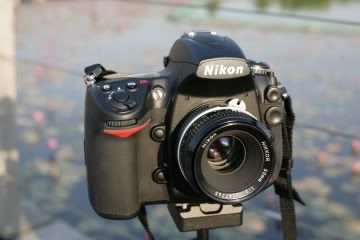
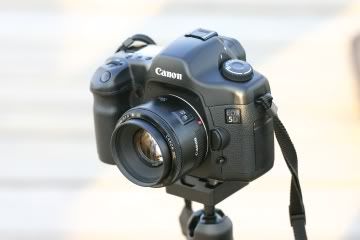
(Click to Enlarge)
 5D
5D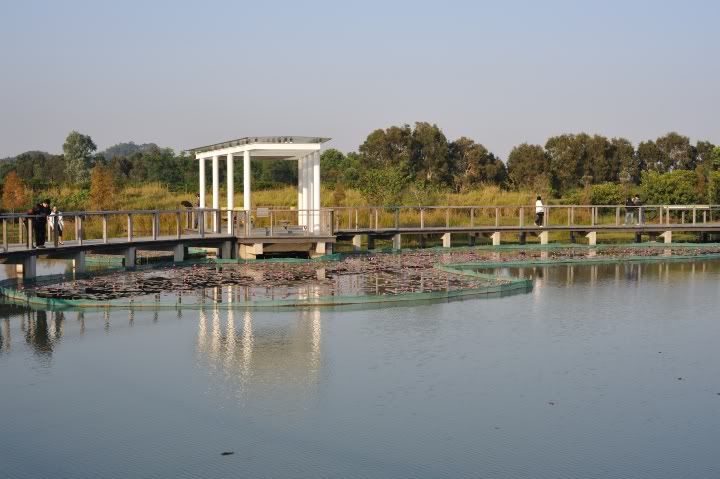 D700, Active D-Lighting On
D700, Active D-Lighting On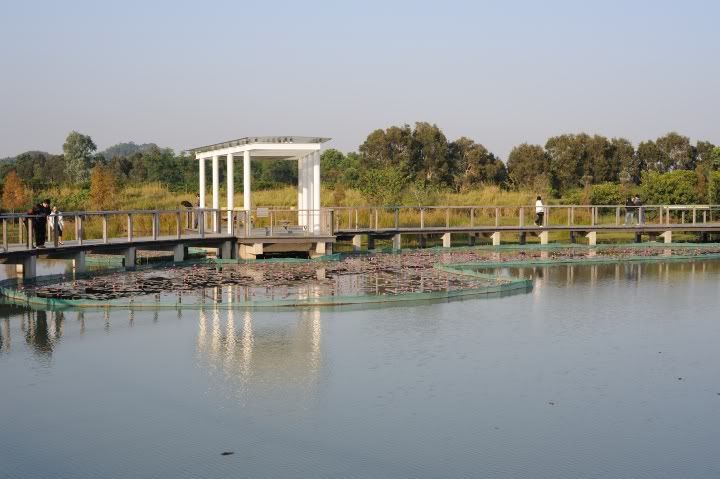 D700, Active D-Lighting Off(Remark: The focal length of the AI-S lens is manually selected and entered in the D700 and it was left at 24mm which is shown in the EXIF.
D700, Active D-Lighting Off(Remark: The focal length of the AI-S lens is manually selected and entered in the D700 and it was left at 24mm which is shown in the EXIF.)
Well, this time you compare and
measur(e)bate (maybe endlessly! ;-)) and then judge yourself!
Next: both D700 and 5D and with Nikkor AI-S 50mm/2; Lens set at f/4 5D
5D D700, Active D-Lighting On
D700, Active D-Lighting On D700, Active D-Lighting Off3. Last Round: Nikkor AI-S 105/2.8 on D700 Vs SMC Takumar M42 105/2.8 on 5D; Lenses set at f/4
D700, Active D-Lighting Off3. Last Round: Nikkor AI-S 105/2.8 on D700 Vs SMC Takumar M42 105/2.8 on 5D; Lenses set at f/4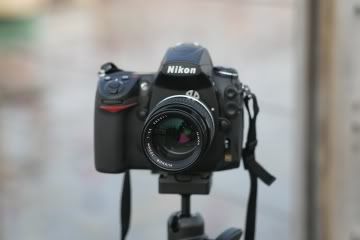
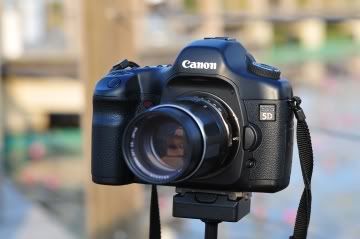
(Click to Enlarge)
 5D
5D D700, Active D-Lighting On
D700, Active D-Lighting On D700, Active D-Lighting Off
D700, Active D-Lighting OffIt is quite interesting to note that despite the lighting condition was changing for all the above four flower shots, it can still be seen that with a sharp lens on a "sharp" body (I mean the Nikkor on the D700), this combo yielded a somewhat fake looking but yet an exciting flower, whereas with a soft lens on a relatively softer body, the result could be nothing to be excited about (but then the flower looks more natural)! What does this tell us, when we are choosing gear and lens/body combinations, it would be very application oriented indeed and there is actually no absolute good or bad, but just a matter of taste.
Lastly, yet a sample photo with the Pentax FA 43/1.9 Limited on 5D; Lens set at f/4
The picture quality looks very promising. And, as you can see once again, as always, the flare resistance of the true Pentax Ghostless SMC coatings is just something unbeatable and really superb! Even only at f/4, the resolution and sharpness of the whole picture is excellent, from corner to corner. I think to reveal this FA Limited's imperfection, a Full Frame DSLR with far more than 12.8 MPs will be required!
Quick ConclusionSo, D700 or 5D? Which one is better? Surely I would choose the D700 if considering only for the body alone, with no other considerations. The reasons are simple: improved IQ (classic FF DSLR bodies weak spots addressed) and more intelligent and powerful in-camera image processing, with weather sealed and built-in flash in a single package, all of which just mean more readily usable or better looking photos directly out of the camera which is more suitable for shooting outdoor in any weather conditions.
As a side comment, I found that the Canon DPP software is more user friendly, with better interface and more thoughtful in design for its operations. It is just easier to use and the program responds faster and takes (far) less processing time in making conversion. In fact, whilst many Pentaxians have had many bad comments about the Pentax Photo Lab, I just think differently that it is not that bad actually. In fact, the Nikon Capture NX2 is not that easy to use neither and not intuitive as it should be, although it is quite powerful and feature rich. The worse thing with the Capture NX2 is that it runs rather really slow for any operation performed, even just for dragging a tool box or window which is just a very annoying thing afterall - to use it smoothly, a very powerful machine with plenty of system resources is required.
So, could the old or those just a little bit older Pentax K-mount film lenses be adapted to the D700? Very unfortunately, it is NOT. In fact, there is no easy and simple way to directly adapt/adopt any Pentax K-mount film lenses to any Nikon bodies, which is nearly impossible unless the Pentax lens is modified, owing to
the shorter back register distance of the Pentax lenses than the Nikon bodies. Just see this example:-
http://www.dchome.net/viewthread.php?tid=288405&page=322#pid6902959(Text in Traditional Chinese)
Just look at that pity FA 31 Limited became after the modification for what the poor old Pentaxian just wished to adapt his excellent optic to the D700! :-(
But, I just wish to ask: WHY just all those really poor old Pentaxians are forced to do all that? Why *we* can't use our old beloved and excellent Pentax glass like what other Nikonians and even Canonians (those since 1987) can do now? That is, JUST put an old Nikkor or a Canon EF lens on any of those original Nikon or Canon Full Frame DSLR bodies and all the lenses can be used as what they were originally designed! And immediately and at the same time, the users can get all the numerous Full Frame advantages too like high resolution *and* low noise with no compromises (even at high ISO speeds) and wider DoF control, better 3d feel and wider dynamic range, just overall better IQ (
recently once again fully verified here), larger and brighter viewfinder, easier manual focusing and so on.
The Answer? It is just all because there is no Full Frame DSLR in the Pentax land and only recently Pentax and Samsung have told that they would not have one in the near future!? But just a few months back earlier, they both said differently as reported. So,
who were telling the truth?
At the end of the days, I still hope for a FF Pentax DSLR. I believe that with the technology advancements, this body *should* have better IQ than what the offerings from C and N (or even Sony) today. But the big question is yet again: WHEN? WILL there be one??


